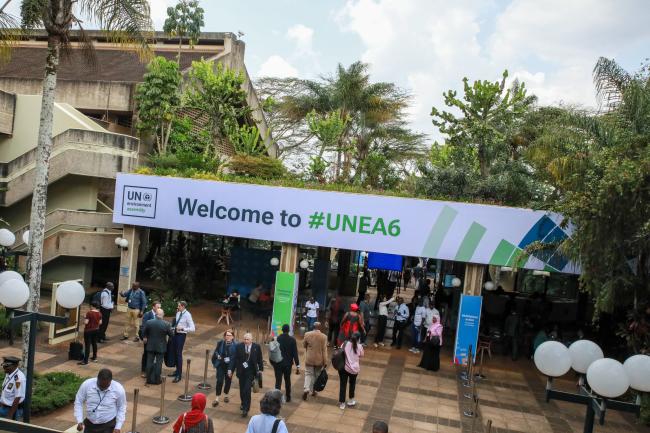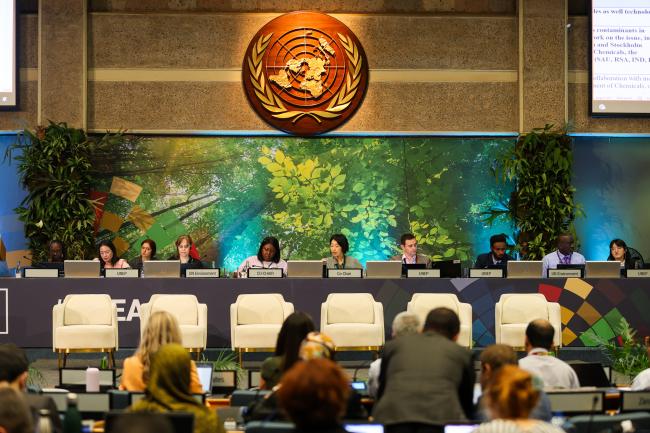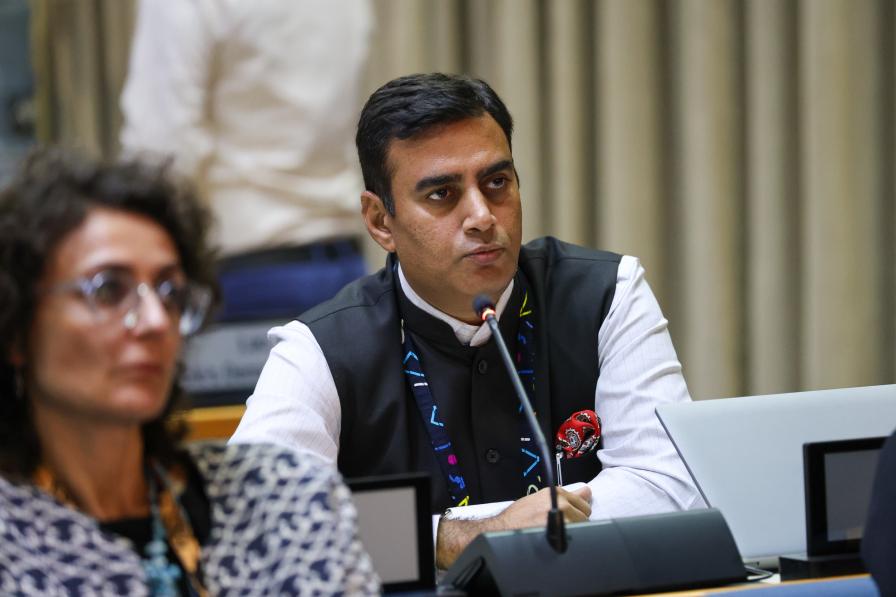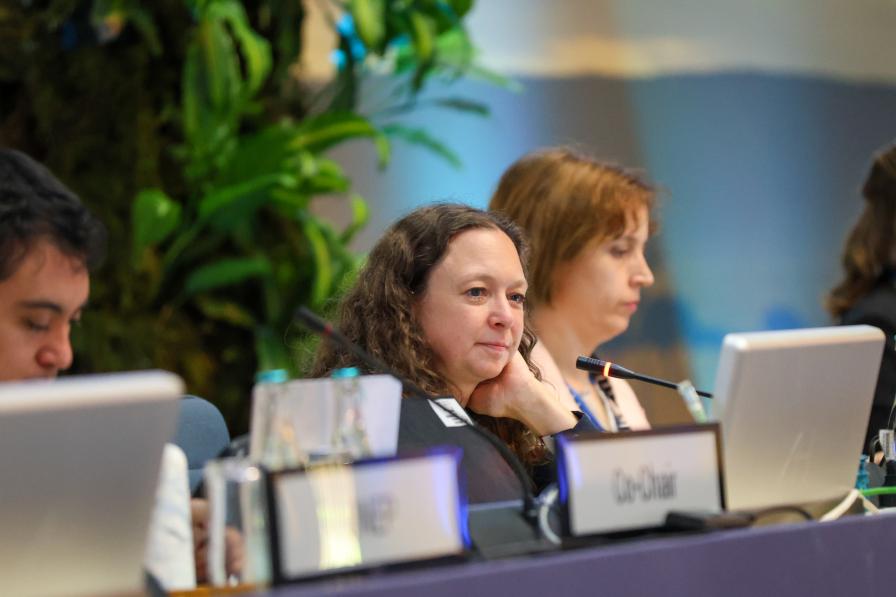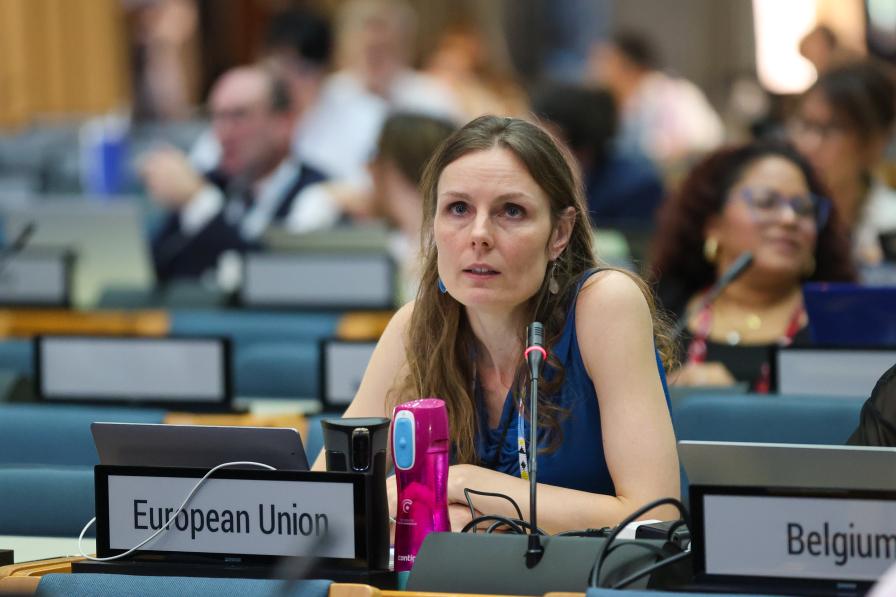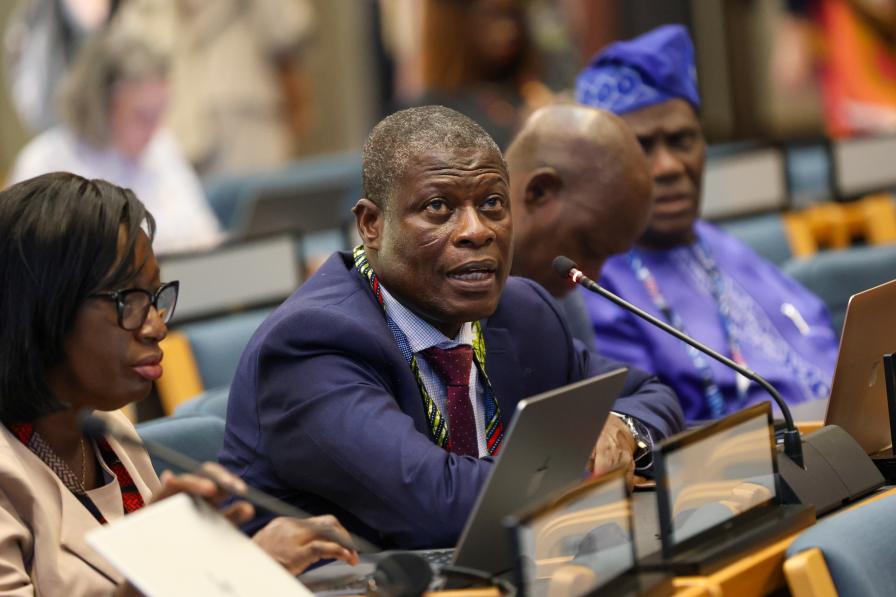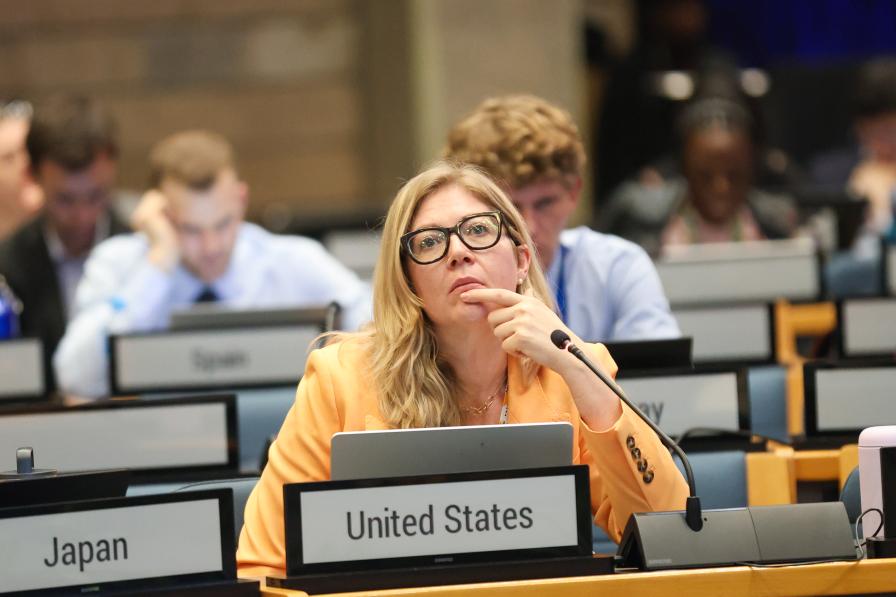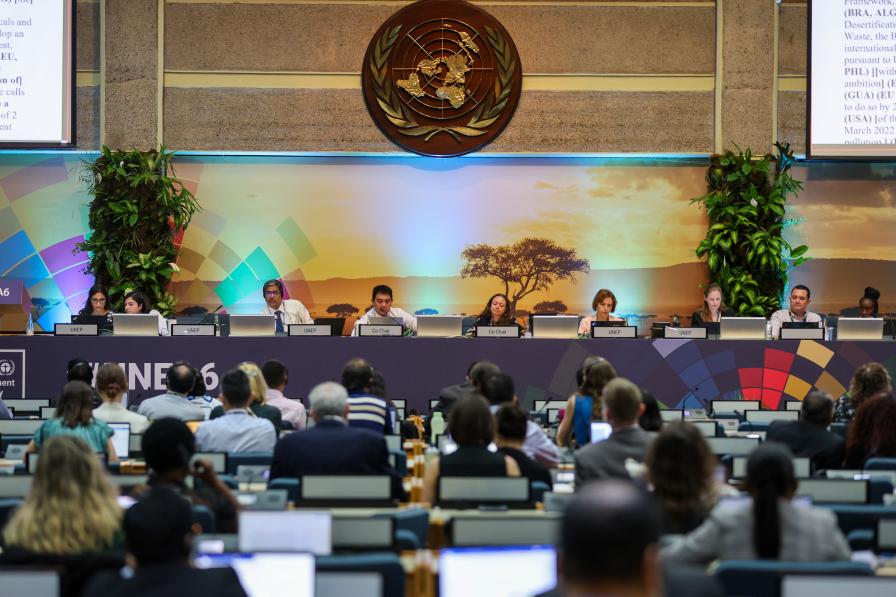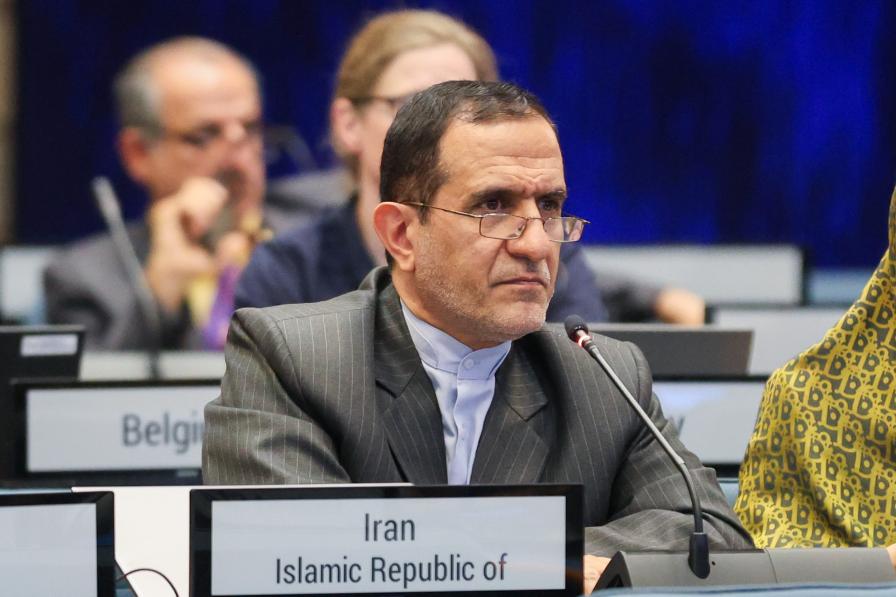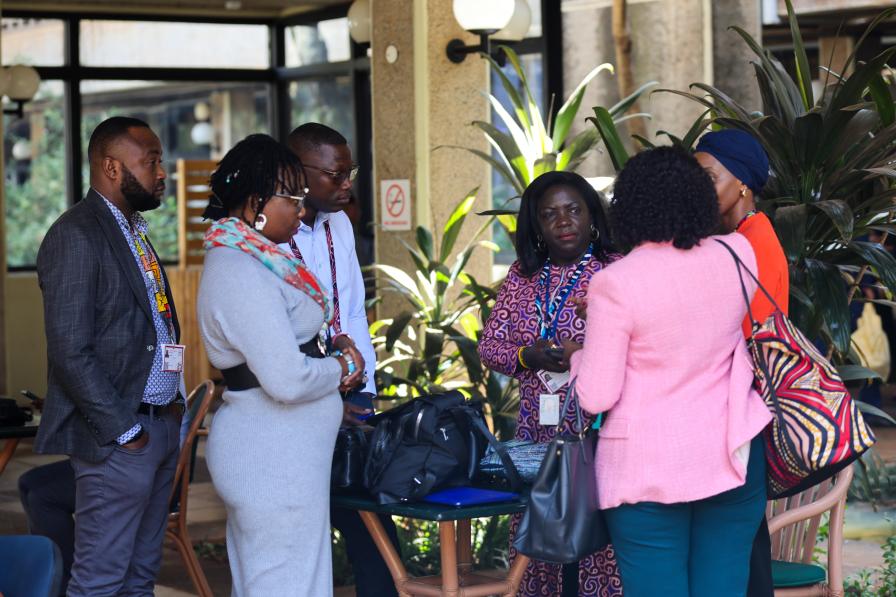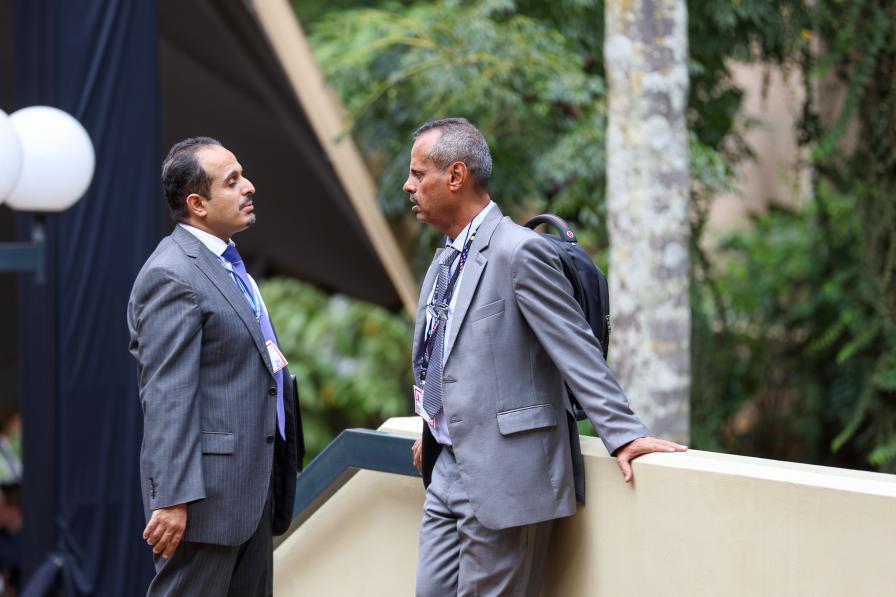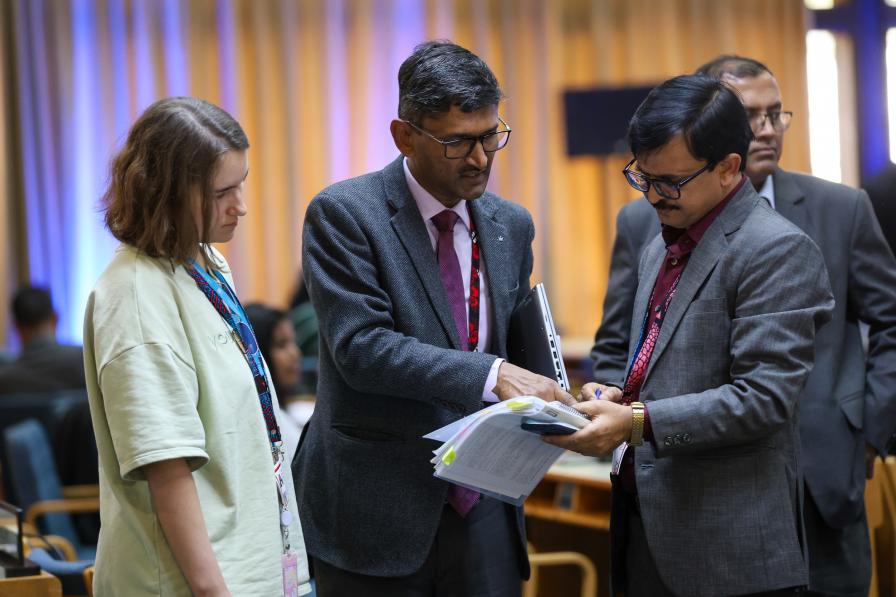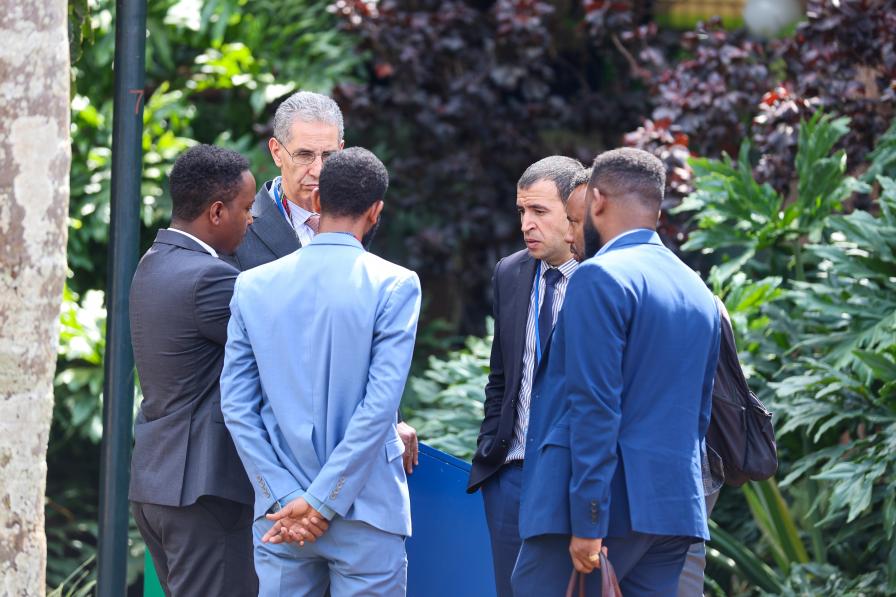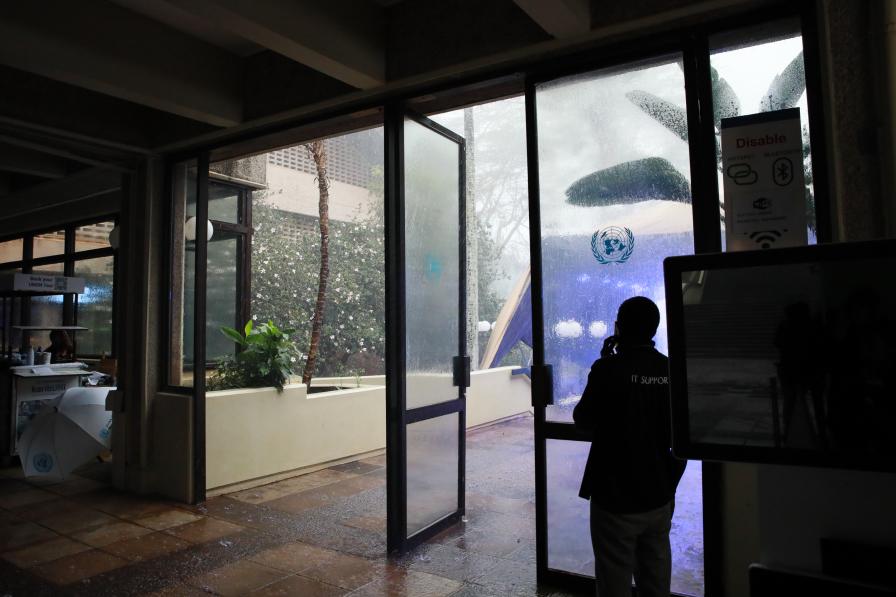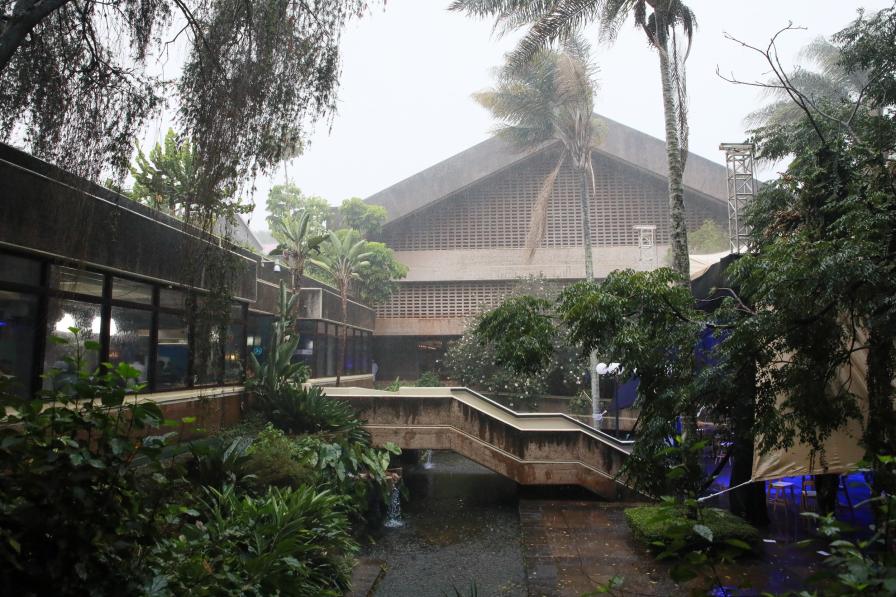The second day of the sixth session of the United Nations Environment Assembly (UNEA-6) was marked by an intense workload in back-to-back contact group sessions trying to beat the clock and deliver 19 resolutions and two decisions by the Wednesday night deadline. A relentless pace of work yielded some "low-hanging fruit": one resolution and two decisions related to procedural, administrative, and budgetary matters, and a resolution on the sugar cane agroindustry, were approved by the Committee of the Whole (COW) at its stocktaking plenary in the late evening.
Want to dig deeper into today's talks? Read the full Earth Negotiations Bulletin daily report.
The Co-Chairs of the contact groups also reported on progress on remaining resolutions – slow and steady, with multiple informal consultations already convened and scheduled for Wednesday to finalize the text for the COW closing plenary. Some resolutions, such as on nature-based solutions, land degradation, water policies and synergies are very close to being finalized. Others, like on solar radiation management and climate justice, are still subject to a broad conceptual debate. Lastly, certain resolutions are held hostage by a persisting inability to see eye-to-eye geopolitically and might not see adoption by consensus despite continued efforts to find middle ground text – the most obvious one being a resolution on environmental assistance and recovery in areas affected by armed conflict.
Accordingly, COW Chair Norbert Kurilla issued marching orders for resolutions where good progress has been made, with more time allowed for consideration in contact groups. Regarding decisions where full agreement appears challenging, the Co-Chairs are to develop short non-papers to be considered on “more or less a take it or leave it basis.”
Just like the venue in Nairobi was put to the test by heavy rain, UNEA is currently being tested by the growing complexity of the international environmental governance architecture and distrust among many Member States. The upcoming days will show whether UNEA-6 will live up to the challenge and continue delivering on its core mandate - setting the global environmental agenda.
To receive free coverage of global environmental events delivered to your inbox, subscribe to the ENB Update newsletter.
All ENB photos are free to use with attribution. For UNEA-6 and OECPR-6 please use: Photo by IISD/ENB - Mike Muzurakis

